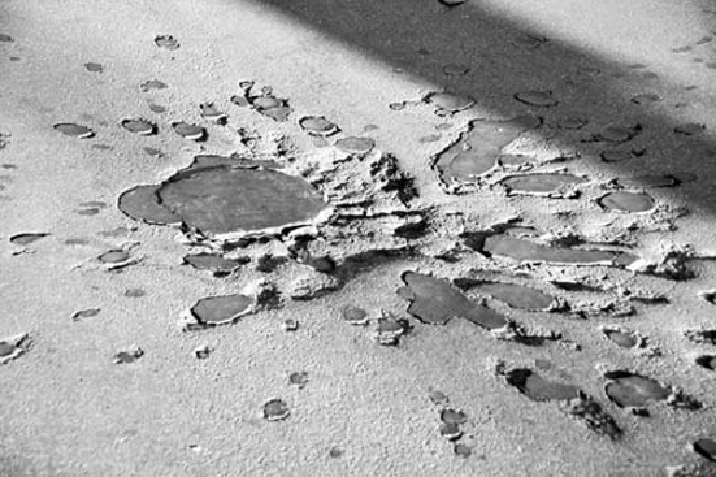Travel Reference
In-Depth Information
corner, where a stone plaque and names engraved on a glass wall recall a pivotal moment
in the Siege of Sarajevo. This busy, completely untouristy market gained infamy as the site
of two cruel bombings that targeted civilians and claimed more than a hundred innocent
lives—Sarajevans whoweresimplyshoppingforpaltryfoodstuffstokeeptheirfamiliesfed
and alive through impossibly tough conditions. Sixty-seven Sarajevans died during an at-
tack on February 5, 1994 (plus another 144 wounded), and 43 more died (and 90 wounded)
on August 28, 1995. (The blast pattern from one of the bombings, in the floor, is protec-
ted by a glass case.) These ruthless bombardments were a turning point in the siege—when
the international community began to sit up and pay attention, and realize that this was not
simply a standard-issue war between equal parties, but a barbaric siege that was destroy-
ing the lives of countless peace-loving civilians who wanted no part of the violence. It was
the 1995 attack, in part, that prompted NATO air strikes against Karadži
ć
's forces two days
later. “Operation Deliberate Force” ultimately led to the Dayton Peace Accords, which fi-
nally ended the violence—although Sarajevans wish NATO hadn't been quite so “deliber-
ate” as to wait three and a half years before taking action.
Headbacktothemainwalkingstreet,Ferhadija,andcontinueonyourway.Asyouwalk,
in the pavement in front of the Tally Weijl shop (at #12, on the left), look for
another Sa-
rajevo rose.
The plaque next to the door of the shop explains that on May 27, 1992, 26

